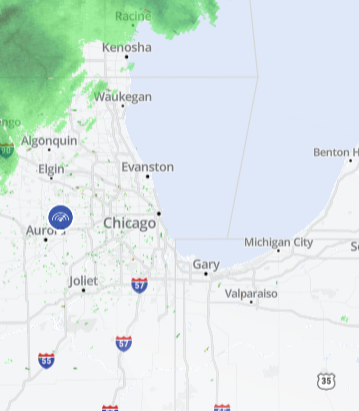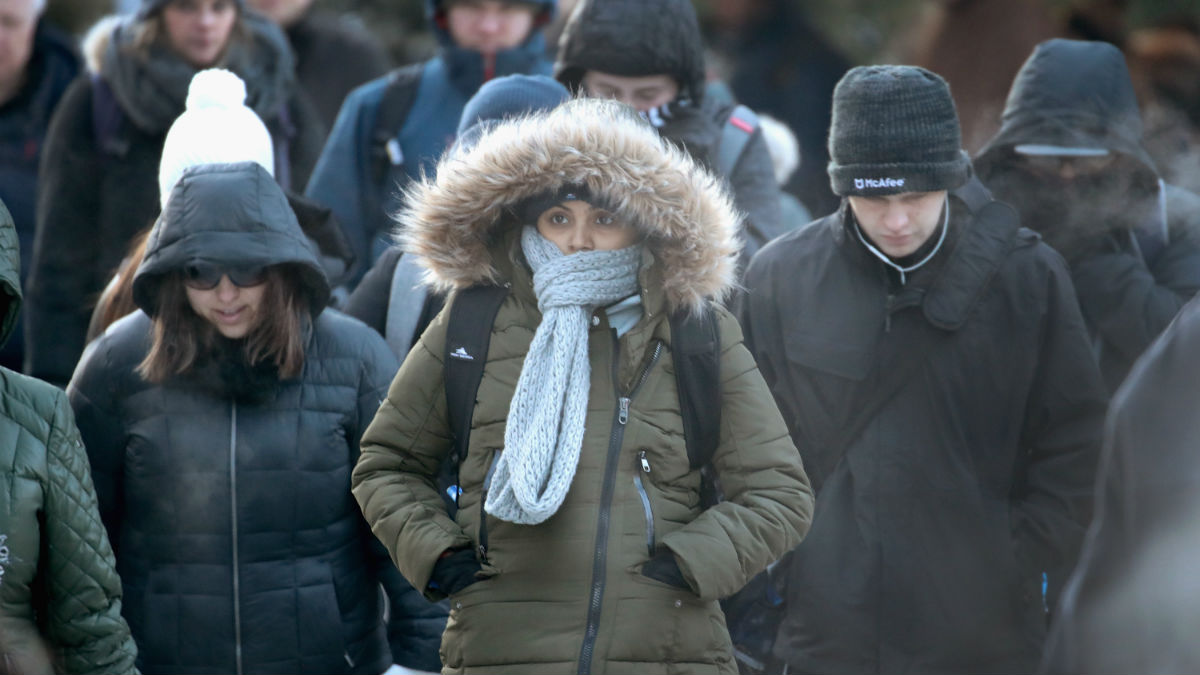“What prevented Chicago from going the way of Cleveland and Buffalo?” wrote Adam Cohen and Elizabeth Taylor in American Pharaoh, their biography of Mayor Richard J. Daley. “Much of the credit lies with Daley’s aggressive program for downtown redevelopment.”
Old Man Daley combined the tribal suspicions of an Irish tavern keeper with the municipal ambition of a Roman consul. Inheriting a downtown in which no skyscrapers had been built since the beginning of the Depression, he left it with the Sears Tower and the John Hancock Center.
Daley’s successor, Jane Byrne, invited the movies back to Chicago. (Daley had kept Hollywood out, because screenwriters were no better than journalists at making Chicago look bad, and because blue language and nudity offended his Roman Catholic prudishness.) In the 1980s, The Blues Brothers, Risky Business and Ferris Bueller’s Day Off made Chicago look like a place where a kid from the suburbs could have a good time, and colorized the city’s image, which had been stuck on Al Capone and the riots at the 1968 Democratic National Convention.
Another event that set up Chicago’s rebirth was the AIDS crisis. In the early 1980s, every young gay man wanted to move to New York or San Francisco. Then AIDS struck the saltwater coasts. A young South Sider named Tom Tunney decided he would be safer in Chicago, and took a job in a hotel in Lake View, which was then a crummy neighborhood surrounding Wrigley Field. The 1980s were a low point for urban America, so gays were welcome to the inner city. As one demographer after another has pointed out, gays attract creative types to a city by sending the message that it’s a tolerant place, open to new ideas and lifestyles. When Joe Lambert graduated from Michigan State, he headed straight to Lake View, where he joined thousands of other newly-graduated web developers, graphic designers, publicists and personal banking representatives. By then, Tunney was Lake View’s alderman.
However, it was under Daley’s son, Richard M., that Chicago became a global city. During Old Man Daley’s reign in the 1950s, ’60s, and ’70s, he never thought about Chicago’s relationship to the rest of the world. He didn’t have to. In those years, when America still made everything it needed, this country was Rome and Imperial Britain rolled into one.
Local
“There was no globalization at that time,” said Gery Chico, who grew up near the Union Stock Yards, and became Richard M. Daley’s chief of staff. (The stockyards, setting of Upton Sinclair’s The Jungle, closed in 1971, an early blow to blue-collar Chicago.) “Economies were largely siloed. There wasn’t the interconnectedness of trading, with its currencies, commodities, risk devices, you name it. That’s only really come about through means of technology, so when the technology revolution reached maturity in the ’80s and ’90s, that’s what drove globalization. The fastest moving force on the face of the planet is global business.”
Chicago was well-prepared for the day when trading something became more profitable than making something. To begin with, Chicago always had a more diversified economy than its Midwestern rivals. Besides forging steel and slaughtering cattle, Chicago published books, wrote insurance, traded grain futures and issued bank loans. As the headquarters of the Mercantile Exchange and the Board of Trade, it was the Midwest’s financial hub. Chiefly because of the University of Chicago, it was home to more Nobel laureates than any city in the world. And because of Chicago’s geographic position as the Roundhouse of America, O’Hare was the world’s busiest airport. That made it a convenient location for consulting businesses that flew employees all over the country. (The term “yuppie” was popularized by Chicago Tribune columnist Bob Greene, who titled an article on Chicago 7 defendant Jerry Rubin “From Yippie to Yuppie.” In the 1990s, Chicago’s yuppie consultants invented the linguistic device of mixing the present and future tense in the same sentence. “I’m in Phoenix all next week,” they’d say.)
Professional services were Chicago’s new “product.” In 1986, the city’s ad agencies, investment banks, law firms, benefits consultants, accountants and management consultants employed 17,000 people. A dozen years later, they employed 60,000. Boeing announced it was moving its corporate headquarters to the Loop in the same month that Brach’s closed its West Side candy factory, an emblematic moment in Chicago’s transformation from a city that made things to a city that thought about things.



